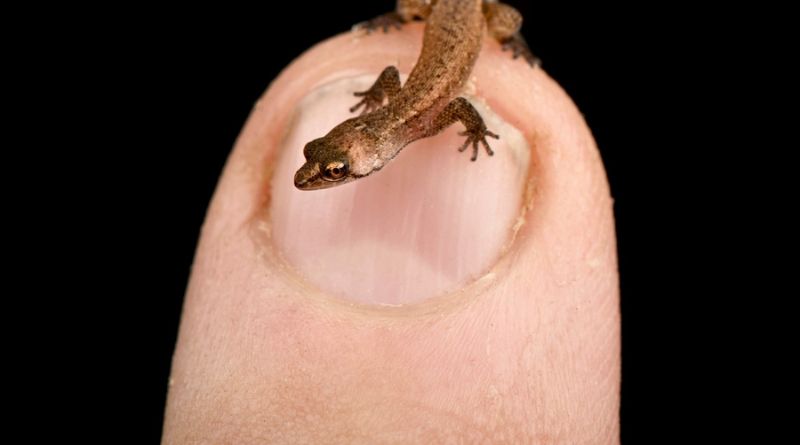In the vast tapestry of life on Earth, size often captivates our imagination. While giants like whales and elephants awe us with their enormity, the miniature world of tiny organisms holds its own fascination. From diminutive frogs to microscopic insects, the diversity among the smallest creatures is astounding. This blog delves into the nine tiniest species on Earth, showcasing their remarkable adaptations, survival strategies, and the unique ecosystems they inhabit. Prepare to be amazed by the ingenuity of nature on a minuscule scale and how these tiny beings contribute to the intricate balance of our planet’s biodiversity.
Bee Hummingbird
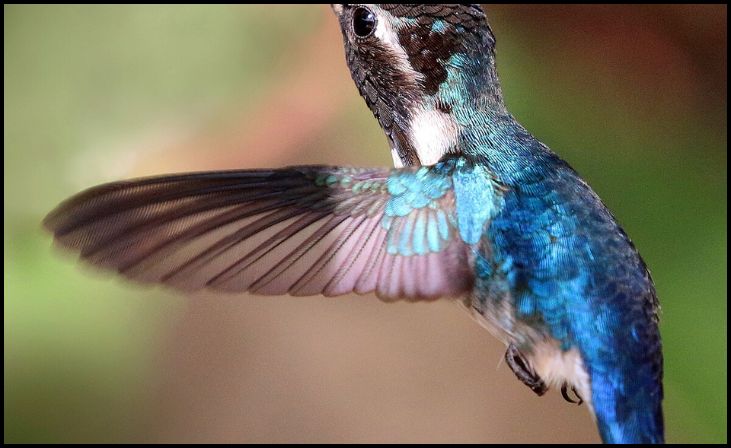
The Bee Hummingbird, native to Cuba and nearby islands, holds the title of the smallest bird species by mass, weighing less than a penny. Despite its tiny size, around 2.25 inches in length, including its bill and tail, this bird displays remarkable agility and speed. It inhabits forests, gardens, and meadows, feeding on nectar and small insects. Its miniature stature allows it to hover effortlessly near flowers, sipping nectar with its slender bill. Due to habitat loss and climate change, the Bee Hummingbird faces challenges in maintaining its population, making conservation efforts crucial to its survival.
Paedocypris Progenetica
Paedocypris Progenetica, a tiny fish found in peat swamps of Southeast Asia, measures under 8mm long. It holds the distinction of being the smallest vertebrate known, adapting to its acidic, oxygen-poor habitat with specialized physiological features. Despite its size, it exhibits sexual dimorphism, with males displaying more vibrant colors during mating seasons. This miniature fish feeds on small crustaceans and insects, navigating its murky environment with ease. Due to habitat destruction and pollution, Paedocypris Progenetica faces significant threats, highlighting the need for conservation efforts to protect its unique ecosystem.
Fairyfly
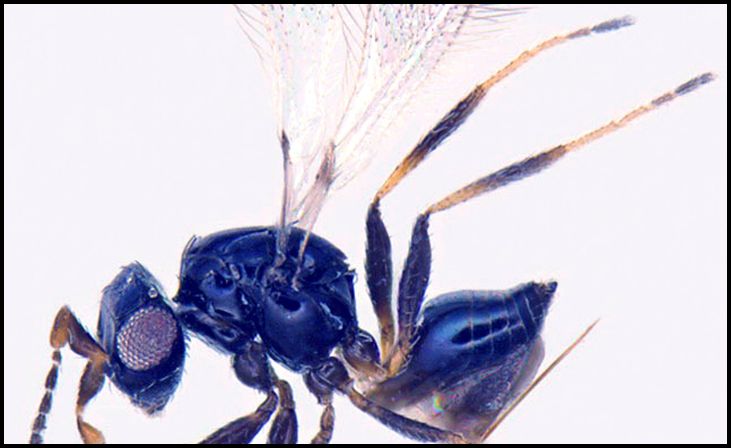
The Fairyfly, also known as fairy wasps, are incredibly tiny insects measuring about 0.14mm long, making them the smallest known insects. They are widely distributed worldwide, especially in tropical regions, where they play crucial roles as parasitoids of other insects. Despite their minuscule size, Fairyflies have a complex life cycle, laying eggs inside host insects, which eventually hatch and consume the host from within. Their diminutive size and efficient parasitic behavior contribute to their survival in diverse ecosystems, aiding in natural pest control. Studying Fairyflies provides insights into biological control methods and evolutionary adaptations in the insect world.
Brookesia Micra
Brookesia Micra, native to Madagascar, is one of the world’s smallest reptiles, measuring around 30mm long. This tiny chameleon species inhabits leaf litter and low vegetation, using its remarkable camouflage to evade predators and stalk prey. Its miniature size allows it to thrive in the dense undergrowth of Madagascar’s forests, where it feeds on small insects. Brookesia Micra’s ability to change color helps it blend seamlessly with its surroundings, reflecting its adaptation to a microhabitat within a larger ecosystem. Conservation efforts are critical for protecting this vulnerable species from habitat loss and illegal pet trade, ensuring its survival in the wild.
Etruscan Shrew
The Etruscan Shrew, weighing about 1.2 grams, holds the title of the smallest mammal by weight. Found across Europe, Africa, and Asia, it inhabits a variety of habitats, including grasslands, forests, and wetlands. Despite its diminutive size, the Etruscan Shrew is an active predator, feeding on insects, small vertebrates, and even its own body weight in food daily. It has a high metabolic rate and must constantly forage to sustain its energy levels. Its small size allows it to maneuver through dense vegetation and exploit diverse microhabitats, demonstrating the adaptability of small mammals in complex ecosystems. Conservation efforts are essential to protect its habitats and ensure its continued survival amidst environmental changes.
Paratarsotomus Macropalpis
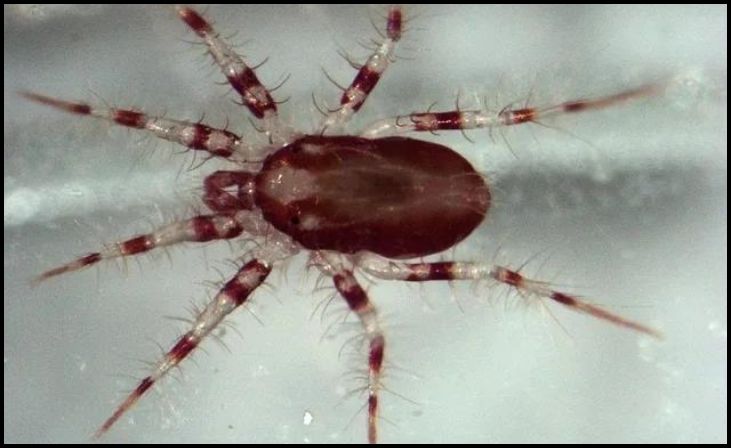
Paratarsotomus Macropalpis, a tiny mite measuring around 0.2mm in length, is known for being the fastest animal relative to its size. Found in California’s Death Valley, this mite achieves speeds equivalent to a human running at 1,300 mph if scaled up. Its incredible speed helps it evade predators and navigate the harsh desert environment, where it scavenges for microscopic organisms and plant debris. Despite its minuscule size, Paratarsotomus Macropalpis demonstrates remarkable physiological adaptations, including efficient respiratory and circulatory systems, enabling it to thrive in extreme temperatures and arid conditions. Conservation efforts are crucial to protect its desert habitat from human activities and climate change impacts.
Speckled Padloper Tortoise
The Speckled Padloper Tortoise, known for its diminutive size with a shell reaching up to 8cm long, is the smallest tortoise species. Native to South Africa, it inhabits arid and semi-arid regions where it forages on succulent plants and small invertebrates. Despite its small stature, the Speckled Padloper Tortoise exhibits territorial behavior, marking its territory with scent glands and defending it from intruders. Its size allows it to burrow into sandy soils to escape extreme temperatures and predators, showcasing its adaptation to harsh desert environments. Conservation efforts are critical to protect this vulnerable species from habitat loss, illegal pet trade, and climate change impacts affecting its arid habitats.
Rotundula Dentata
Rotundula Dentata, a tiny beetle measuring less than 0.4mm long, is one of the smallest beetles known. Found in the Americas, these beetles inhabit leaf litter and soil, where they feed on decaying organic matter. Their miniature size and specialized mouthparts enable them to efficiently break down plant material, contributing to nutrient cycling in ecosystems. Despite their small size, Rotundula Dentata beetles play important roles in maintaining soil fertility and decomposition processes. Their adaptation to microhabitats within forests highlights the diversity of beetle species and their ecological significance. Conservation efforts are crucial to preserve their habitats and ensure their role in ecosystem functioning.
Hydrothermal Worms
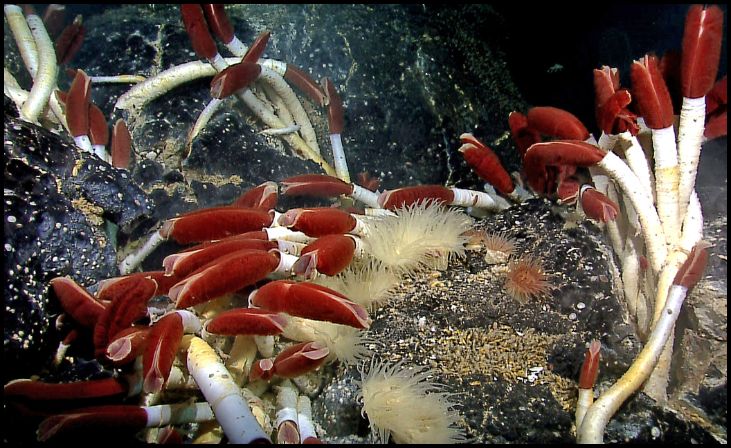
Hydrothermal Worms are among the tiniest multicellular organisms, measuring only a few millimeters long. Found in deep-sea hydrothermal vents worldwide, these worms thrive in extreme environments characterized by high pressures, temperatures, and chemical toxicity. Despite their small size, Hydrothermal Worms play crucial roles in deep-sea ecosystems, contributing to nutrient cycling and supporting specialized communities of organisms adapted to harsh conditions. Their unique adaptations include thermal tolerance and chemosynthetic capabilities, deriving energy from sulfur compounds emitted by hydrothermal vents. Conservation efforts are essential to protect deep-sea habitats from human impacts such as deep-sea mining and climate change, which threaten the delicate balance of these ecosystems.

